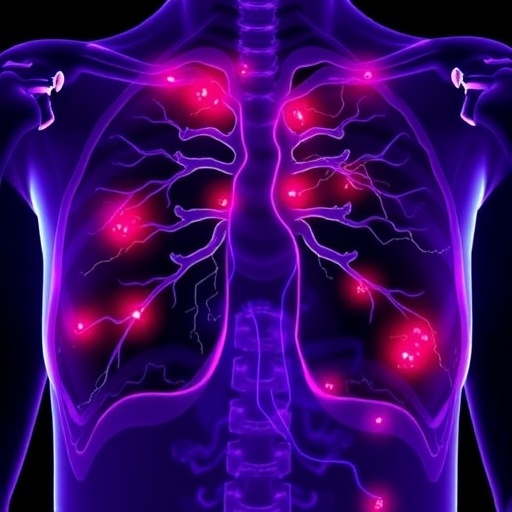A new study reveals that rising rates of liver cancer deaths in the United States have largely been confined to individuals who have received less education, especially among men. Published early online in CANCER, a peer-reviewed journal of the American Cancer Society, the findings emphasize the need for enhanced efforts to address the growing burden of liver cancer in lower socioeconomic groups.
Liver cancer, which in some cases is caused by infection with hepatitis C virus (HCV), is the most rapidly rising cause of cancer death in the United States. Previous studies have examined varying trends in liver cancer mortality, but there have been no studies examining recent national trends by individual-level socioeconomic status and/or HCV-infection status.
To investigate, Jiemin Ma, PhD, MHS, of the American Cancer Society, and his colleagues analyzed mortality data published by the National Vital Statistics System of the National Center for Health Statistics from 2000-2015. The team looked specifically at trends in death rates from liver cancer by individual-level educational attainment, HCV-infection status, race/ethnicity, and sex among persons aged 25-74 years.
From 2000-2015, the overall liver cancer death rate (per 100,000 persons) increased from 7.5 to 11.2 in men and from 2.8 to 3.8 in women, with the increase largely confined to individuals with less educational attainment.The educational disparities in liver cancer mortality widened in women until 2006 then leveled off, while they continued to widen in men.
Although death rates increased faster for HCV-related than HCV-unrelated liver cancers, the overall liver cancer mortality trends were largely driven by HCV-unrelated liver cancers. “Classifying liver cancer deaths into HCV-related and HCV-unrelated groups allowed us to more thoroughly understand the recent pattern of liver cancer mortality,” said Dr. Ma. Risk factors for HCV-unrelated liver cancers include obesity, diabetes, smoking, and excessive alcohol consumption.
“To our knowledge, this study is among the first to examine the recent trends in liver cancer death rates by individual-level education and by HCV-infection status,” said Dr. Ma. “Our findings underscore the need for enhanced and targeted efforts in lower socioeconomic groups to halt and reverse the undue growing burden of liver cancer.”
###
Additional Information
NOTE: The information contained in this release is protected by copyright. Please include journal attribution in all coverage. A free abstract of this article will be available via the Cancer News Room upon online publication. For more information or to obtain a PDF of any study, please contact:
Penny Smith +44 (0) 1243 770448 (UK)
Josh Glickman +1 201-748-6572 (US)
Follow us on Twitter @WileyNews
Full Citation:
“Temporal Trends in Liver Cancer Mortality by Educational Attainment in the United States, 2000-2015.” Jiemin Ma, Rebecca L. Siegel, Farhad Islami, and Ahmedin Jemal. CANCER; Published Online: April 8, 2019 (DOI: 10.1002/cncr.32023).
URL Upon Publication: http://doi.
Author Contact: David Sampson, of the American Cancer Society, at [email protected].
About the Journal
CANCER is a peer-reviewed publication of the American Cancer Society integrating scientific information from worldwide sources for all oncologic specialties. The objective of CANCER is to provide an interdisciplinary forum for the exchange of information among oncologic disciplines concerned with the etiology, course, and treatment of human cancer. CANCER is published on behalf of the American Cancer Society by Wiley and can be accessed online.
Follow us on Twitter @JournalCancer
About Wiley
Wiley is a global leader in research and education. Our online scientific, technical, medical, and scholarly journals, and our digital learning, assessment, certification and student-lifecycle services and solutions help universities, academic societies, businesses, governments and individuals to achieve their academic and professional goals. For more than 200 years, we have delivered consistent performance to our stakeholders. The Company’s website can be accessed at http://www.
Media Contact
Penny Smith
[email protected]
http://dx.




